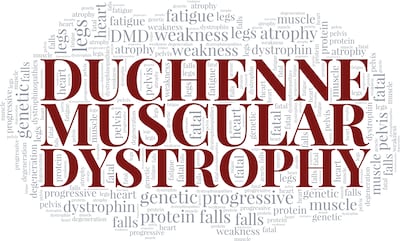Rare diseases are almost certain to remain one of the biggest areas for novel drug development in 2024, but the orphan drug pipeline will be making space for some novel therapies for common conditions over the next six months.
Key Takeaways
- FDA is on track for a fourth consecutive year of rare disease therapies making up 50% or more of novel drug approvals.
Nearly half of the novel agents approved by the US FDA in the first half of 2024 carried an orphan...
Read the full article – start your free trial today!
Join thousands of industry professionals who rely on Pink Sheet for daily insights
- Start your 7-day free trial
- Explore trusted news, analysis, and insights
- Access comprehensive global coverage
- Enjoy instant access – no credit card required
Already a subscriber?






